Examples of Email Marketing
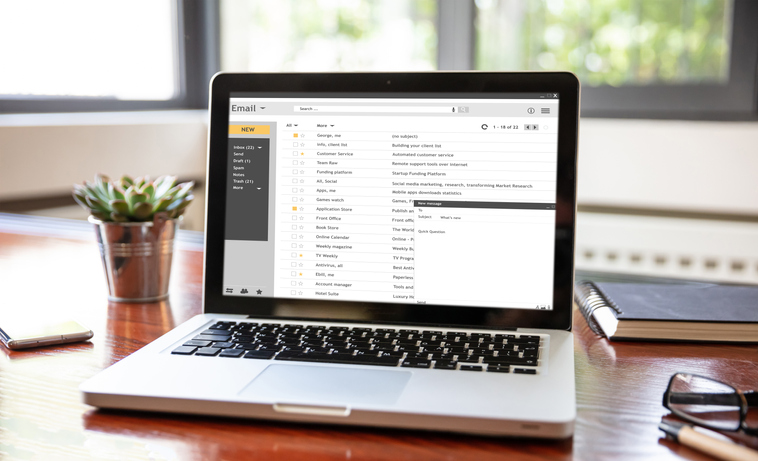

Quick Navigation
Email is one of the cornerstones of modern communication. So many people rely on email to carry out their day-to-day tasks that it has also become one of the most valuable marketing tools. If your business can find its way into the inbox of a potential customer, you have a great point of entry for informing them about your products and generating interest in your business. Like any type of marketing, email campaigns can vary in quality, so it’s important to understand what types of email outreach are most effective.
Effective email marketing connects potential leads with engaging content, drives traffic to your website, and helps customers become invested in your brand through helpful communication. Email marketing engages with potential customers at every phase in the buying process, and you can easily customize email campaigns to target the needs of a particular contact. By sending out emails, you make sure that your customer base will have an easy way of finding your products whenever they are ready to buy.
Email is an easily accessible, low-cost way to connect with customers. However, its accessibility also makes it highly competitive. People’s inboxes are often flooded with marketing messages and spam from any company that can get its hands on their email information. To make your email marketing campaigns stand out and actually attract customers, implement these best practices:
Here are some of the top email marketing campaigns that made a real impact on inboxes everywhere:
BuzzFeed is the king of email marketing newsletters. Buzzfeed’s emails include teasers of fun content with engaging copy, well-picked images, and interesting subject lines. Alongside the newsletter content, it contains links to other relevant content that persuades customers to click through based on the entertainment value they received from the newsletter.
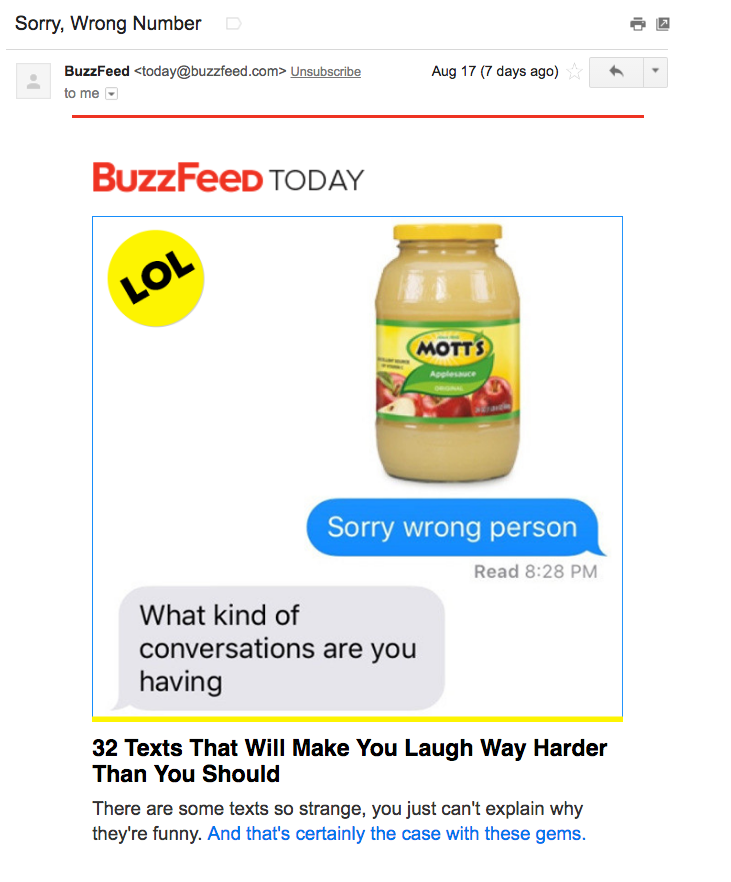
Dropbox is an example of a company that effectively used email to re-engage customers who hadn’t used its website and services in a while. By targeting a specific set of customer emails with a brief, humorous reminder of its services, Dropbox found a fun and nonintrusive way to bring the brand back into the spotlight for previously disinterested customers.
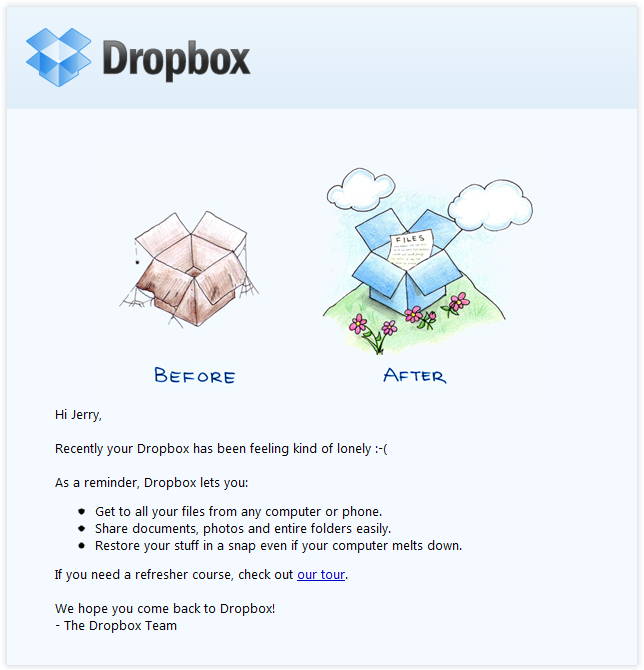
The philanthropic company charity: water took a personalized approach to email marketing by sending updates to previous customers about the ongoing impact of their purchase. The organization sends emails describing how the money the customer spent helped enrich communities in need. The email campaign sends automated updates every few months, engaging customers by personalizing their involvement in the company and showing how future purchases could generate an even greater impact.

ModCloth uses its email lists to communicate with customers about how its brand makes changes over time. It updates about how the website works and product changes, keeping customers in the loop about the brand’s development.
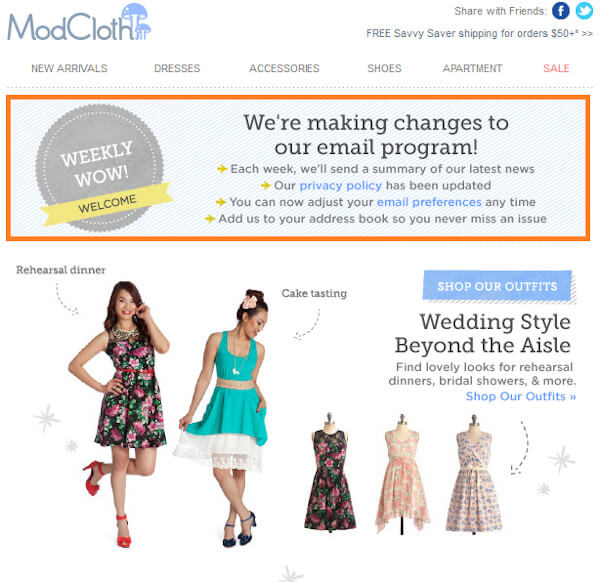
Zipcar sends out emails to customers who started filling out a sign-up form and then left the page for some reason. Reaching out to a specific email list of people who abandoned their carts and giving them reasons to go through with the purchase or sign-up is an excellent example of getting the most out of your consumer data and reminding them of the problems your company can solve.
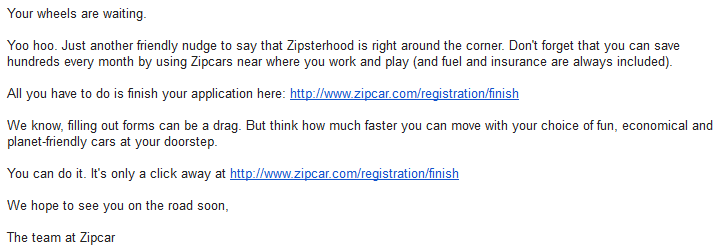
Nike sends out emails with bright, attention-grabbing photographs and graphics. It uses centrally located CTA buttons that allow you to shop for a specific section of athletic wear depending on your demographic data. For example, a male customer would get an email with “shop men’s” in the center, with other smaller links available at the bottom.
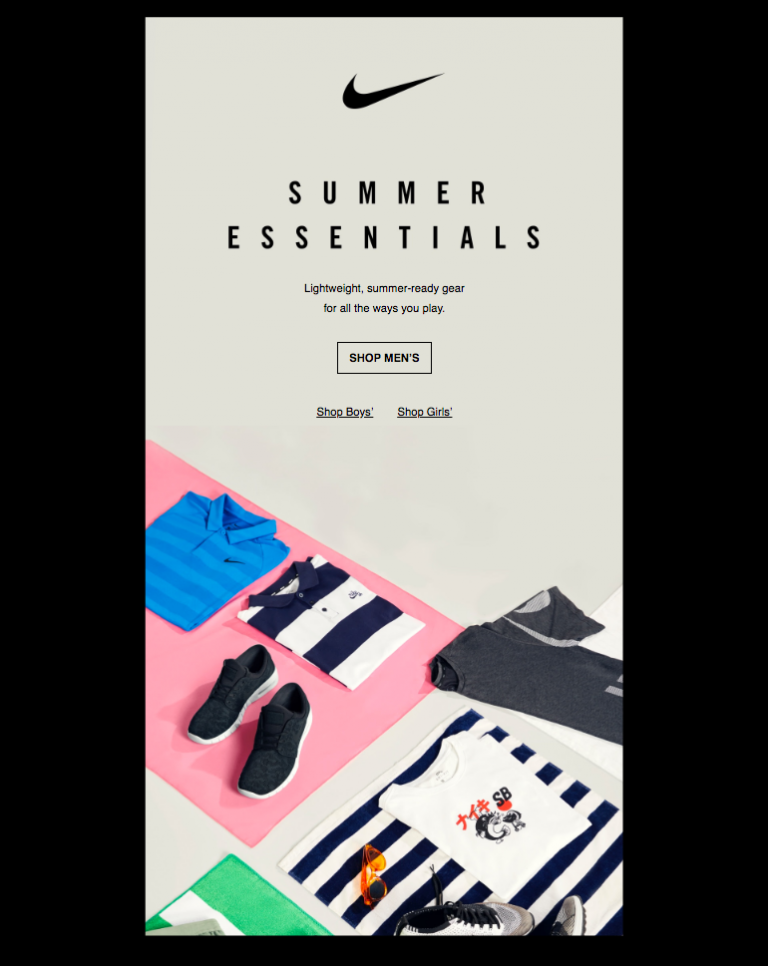
Threadless creates a sense of urgency in its subject lines and email content by talking about limited-edition brand launches and “last chance” deals on their current products. This, combined with its colorful graphics, entices customers and delivers new content on a schedule.
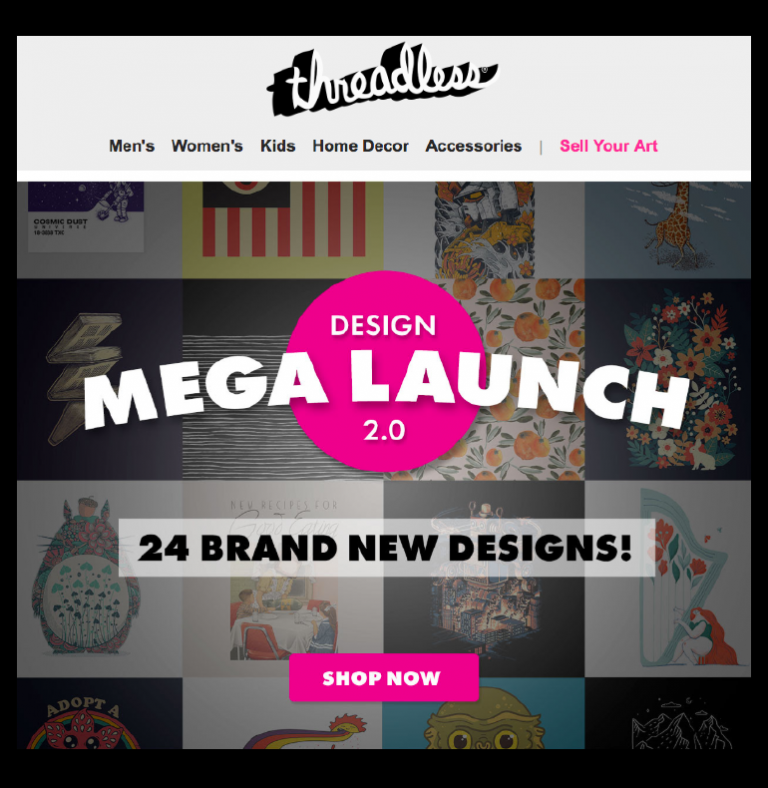
Nintendo regularly sends out emails with GIFs, images, backlinked videos, and other visual elements that draw you in to click on the website and engage with content outside of the email. The creativity of Nintendo’s email design, including multiple ways for customers to interact, shows customers the value they can get from buying Nintendo products.
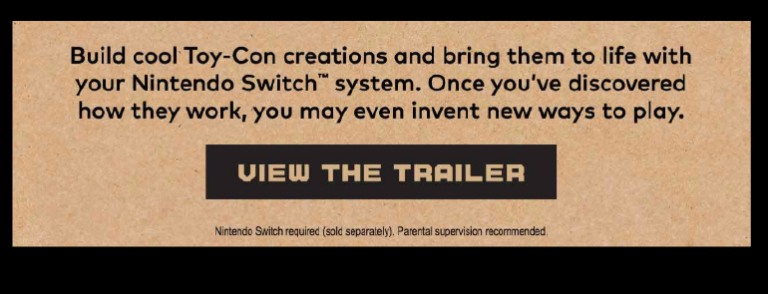
Try out some of these email marketing strategies to drive brand engagement and accomplish your marketing goals on a budget. Make small modifications to these successful concepts to tailor content to your customers and watch as your company grows.